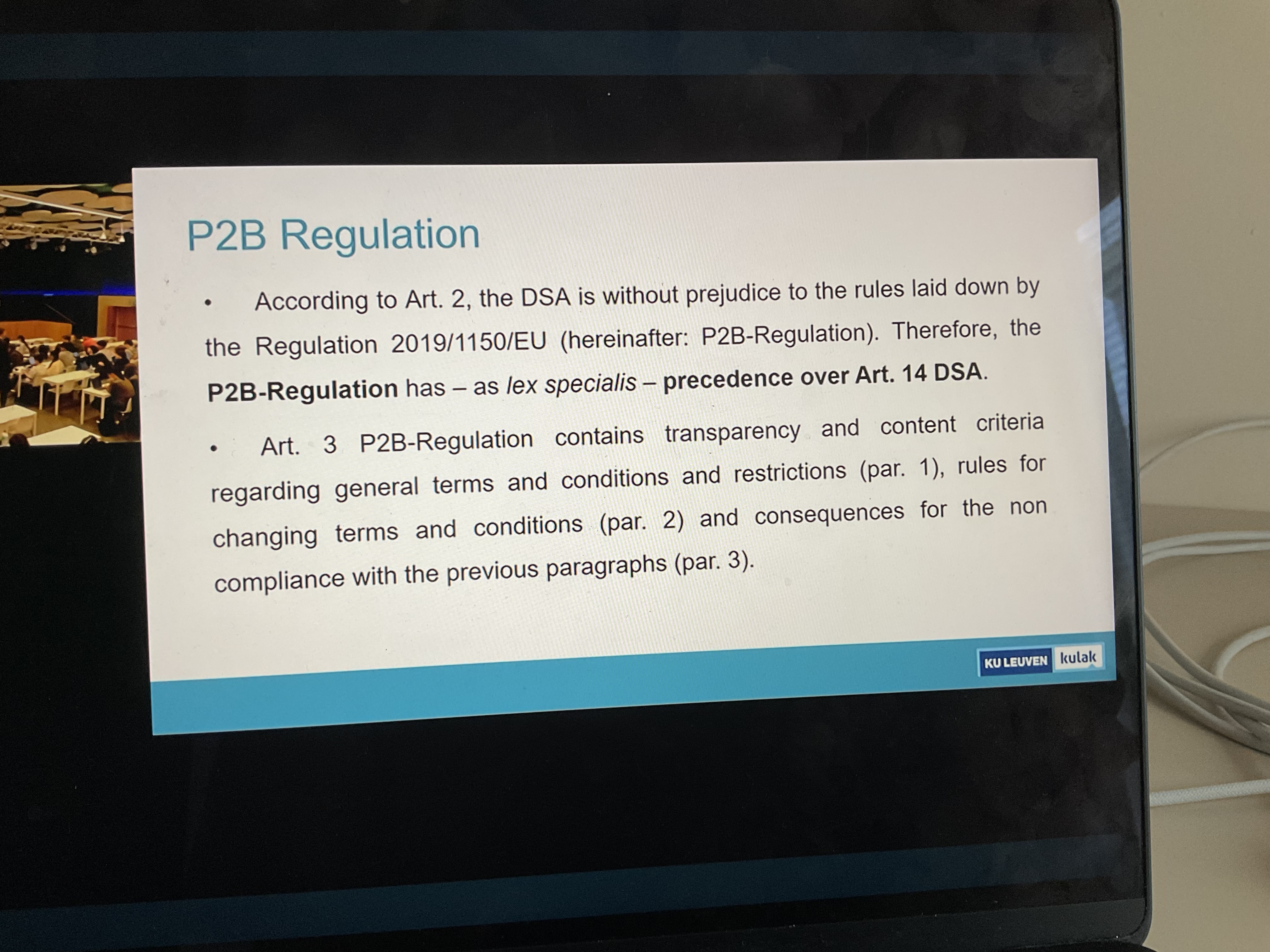Intorduction to law, lecture 21 - module 3
1/19
There's no tags or description
Looks like no tags are added yet.
Name | Mastery | Learn | Test | Matching | Spaced |
|---|
No study sessions yet.
20 Terms
What three things did the Eu focus on in their digital fitness check 2022-2024

What were the main conclusions in the eus digital fairness check?
🔹 1. EU consumer law is relevant and necessary… but partially effective
Meaning: The laws are still important and valid for today’s digital market, but they do not fully achieve their goals.
Some protections exist in theory but aren’t working well in practice online.
🔹 2. Consumers behave differently online vs. offline
Observation: People act less rationally online — e.g., clicking impulsively, not reading terms.
Problem: Businesses take advantage of this by using digital nudges or dark patterns to manipulate choices more effectively than in offline settings.
🔹 3. Consumer detriment remains very high
Estimated at €7.9 billion per year, this refers to harm to consumers (financial losses, misleading terms, loss of control over data).
Indicates serious and costly gaps in consumer protection across the EU.
🔹 4. Legal uncertainty
There’s confusion about how laws apply, especially in newer areas like:
Digital content/services
Influencer marketing
Personalised pricing
This creates gaps in protection for consumers and confusion for businesses.
🔹 5. Regulatory fragmentation
Different national interpretations and laws lead to inconsistency across the EU.
This undermines the idea of a Digital Single Market — consumers and businesses face different rules in different countries.
🔹 6. Insufficient enforcement
Both public (e.g., authorities) and private (e.g., consumers suing or reporting) enforcement is too weak.
Even when rules exist, they aren’t always enforced, so violations go unpunished.
What are dark patterns? And what would improve them?
Dark patterns are deceptive design strategies that trick users into making decisions they might not otherwise make. Examples include:
Click fatigue: forcing users through many steps to cancel a subscription.
Ambiguous language: like using double negatives ("Don’t not accept"), which confuse users.
Deceptive layouts: e.g., hiding decline buttons or pre-selecting options.
These are used to manipulate consumer choices, often for profit — e.g., tricking someone into signing up for a subscription or sharing more personal data.
What would improve the situation with addictive design and video games?

What would help with problematic personalisation practices?

What are other potential action areas regarding 1. Digital contracts 2. Pricing practices 3. Simplification

What is the click to cancel rule?
The rule in the US which makes an app after a free trial send a notification that you are about to enter into the contract and pay
What is the digital services act?
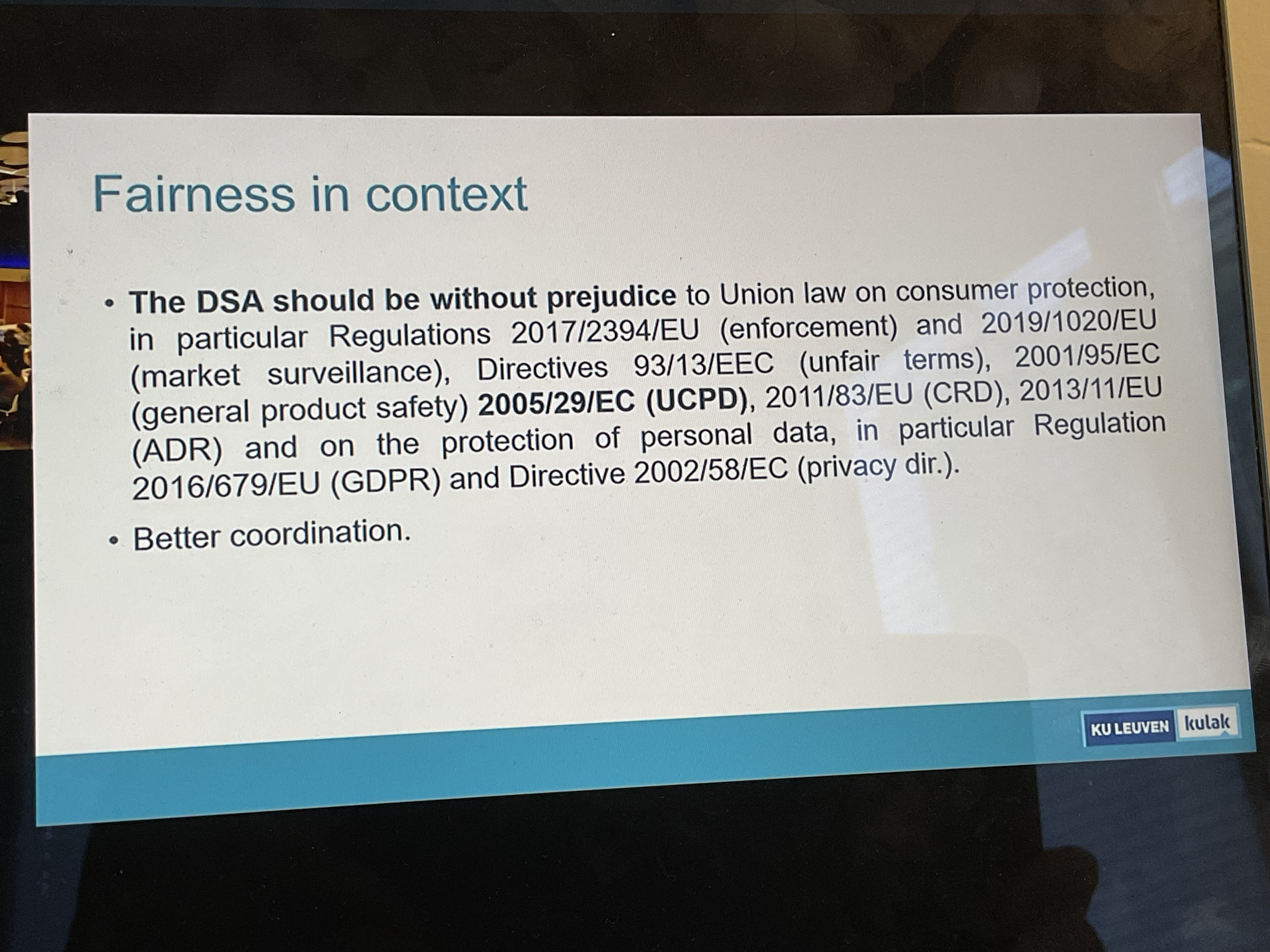
What is the two pillars of the regulation of the digital platforms and services in Europe?
The rule in the US which makes an app after a free trial send a notification that you are about to enter into the contract and pay
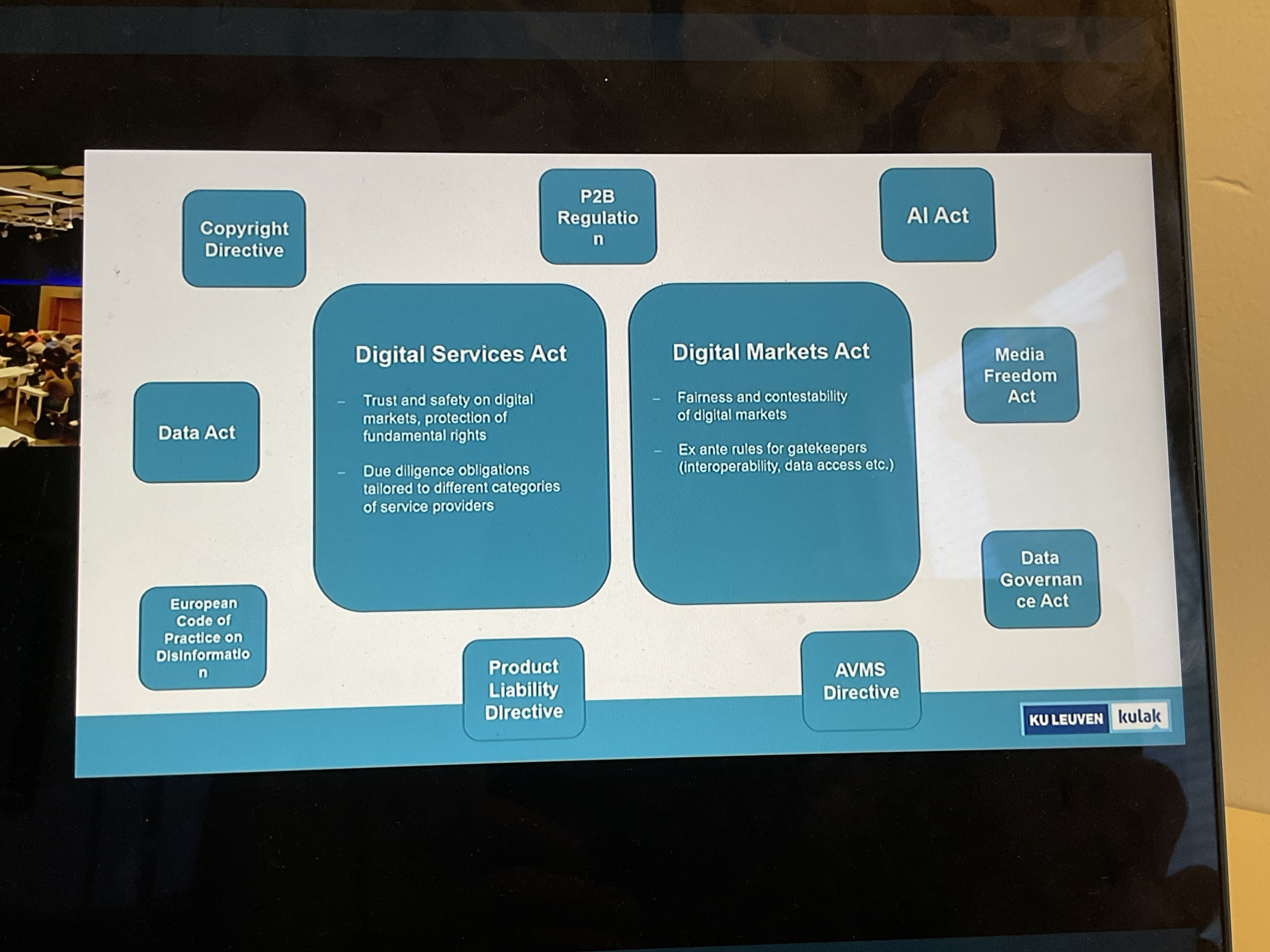
What’s the background of the digital services act?

What is the Brussels effect?
Anyone anywhere who is selling products to the European market has to comply with eu rules
What is the regulatory scope of the digital services act
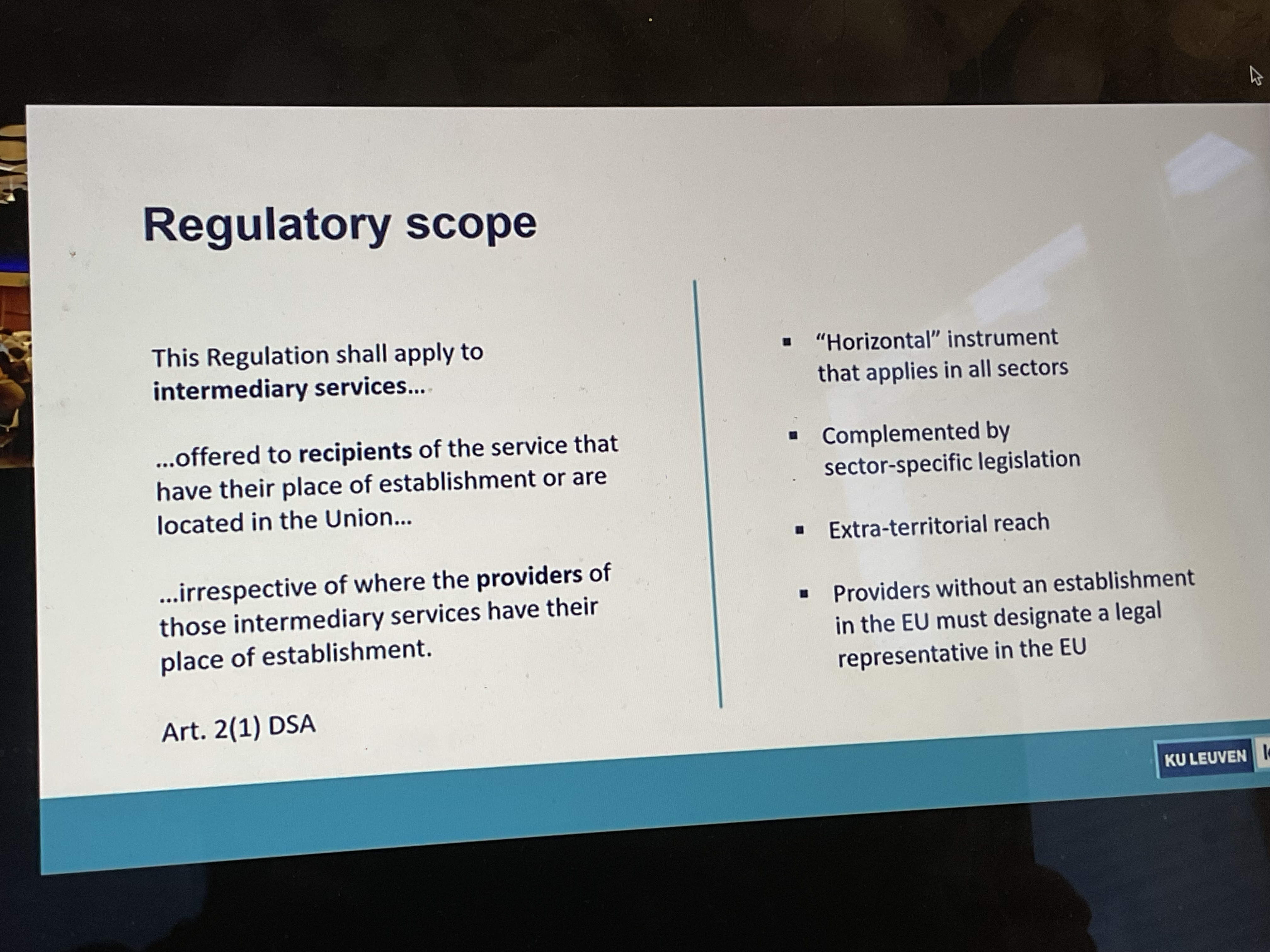
Explain about liability exemptions in the digital services act
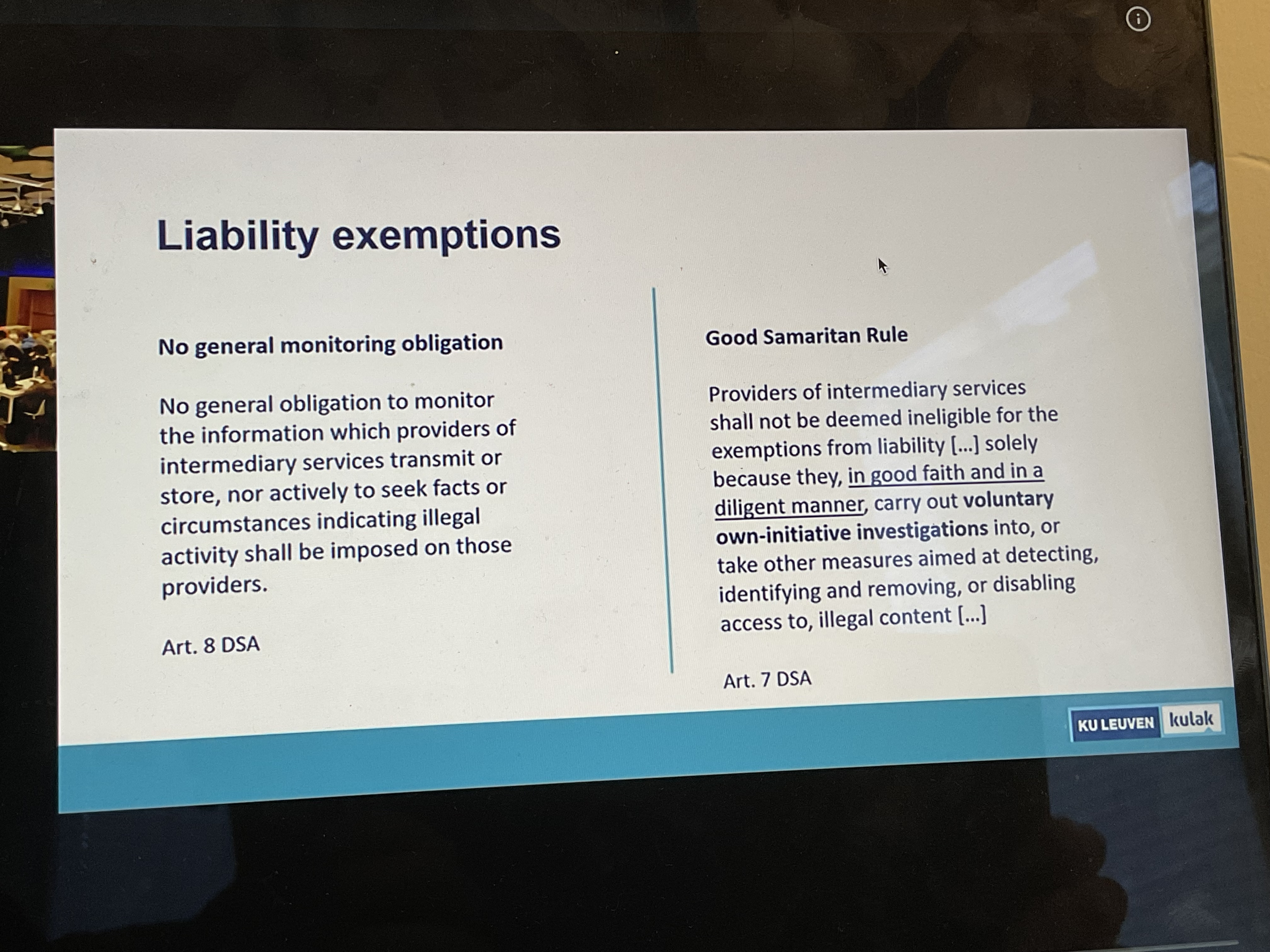
What four levels are there in due diligence obligations?

Explain level 1 in due diligence obligations
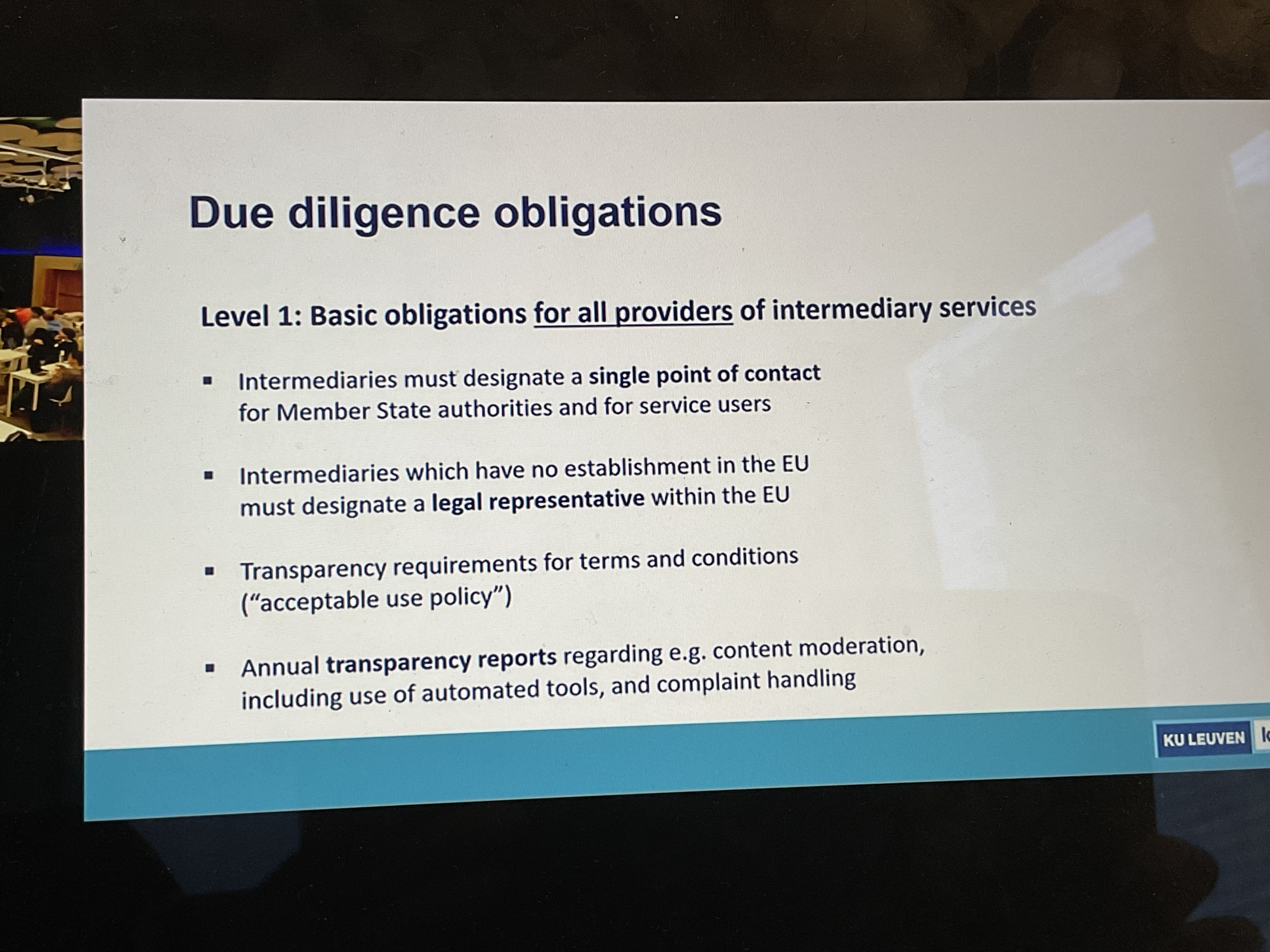
Explain level 2 in due diligence obligations
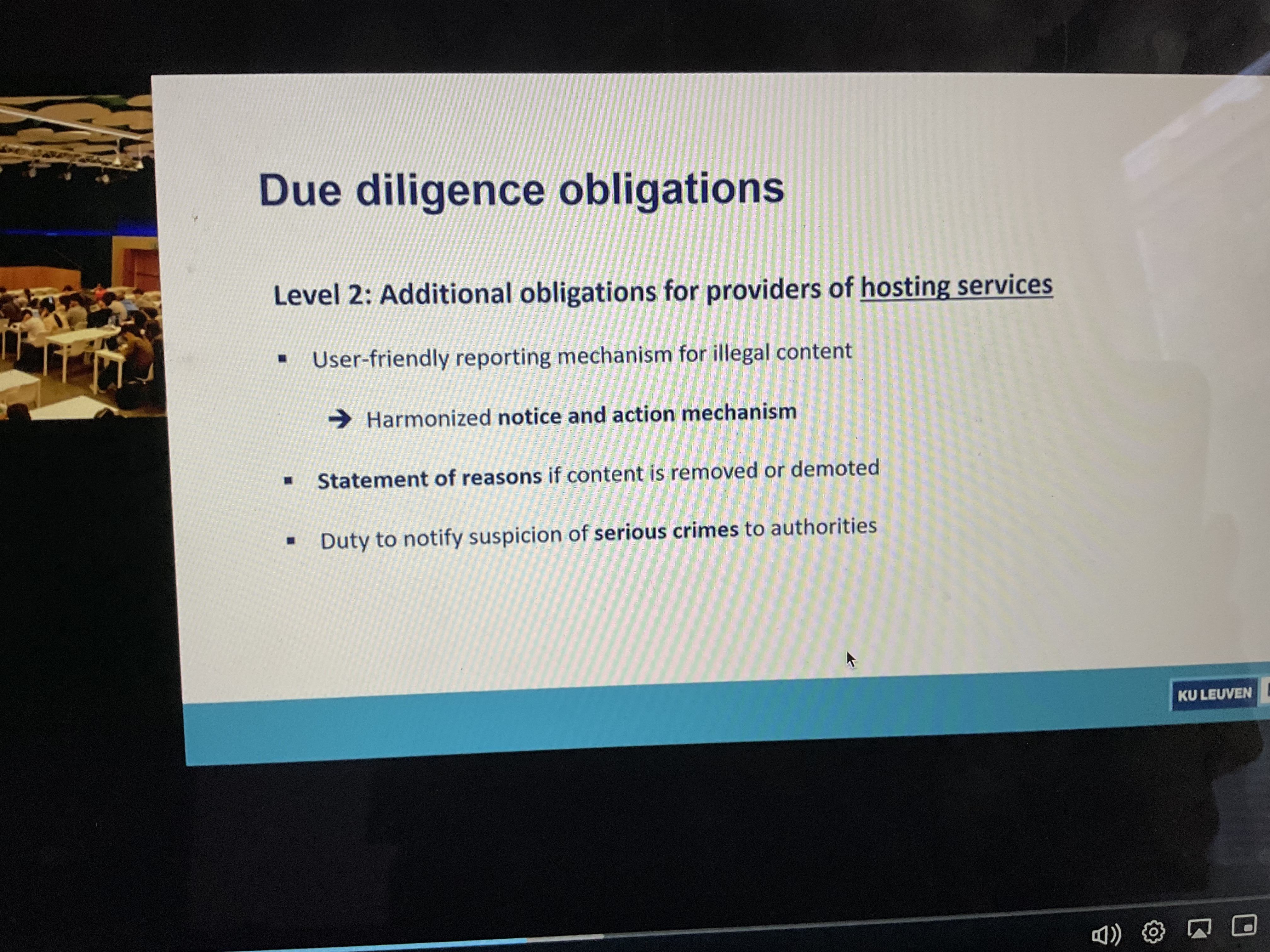
Explain level 3 in due diligence obligations

Explain level 4 in due diligence obligations
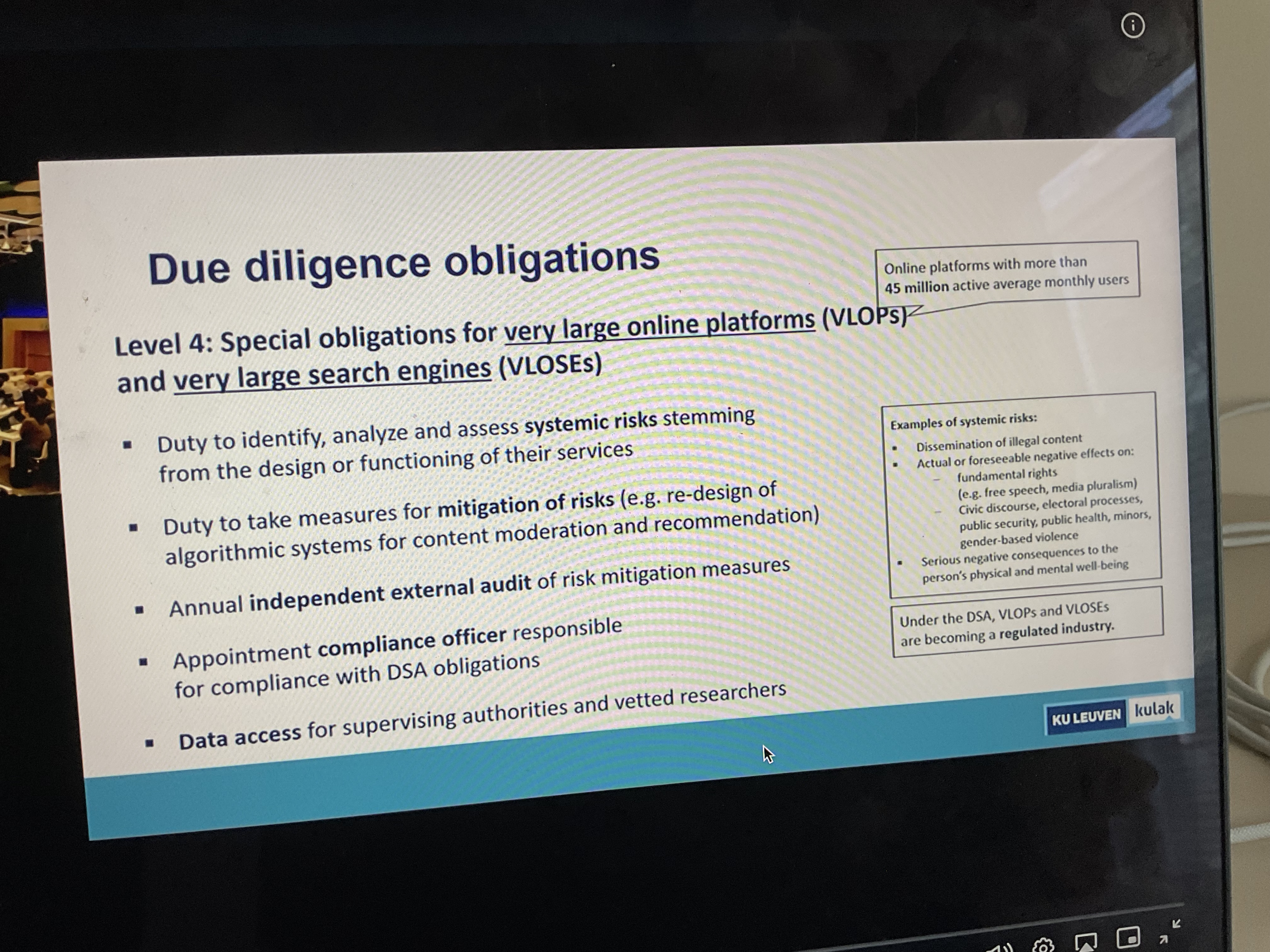
What are the three principles of governance?
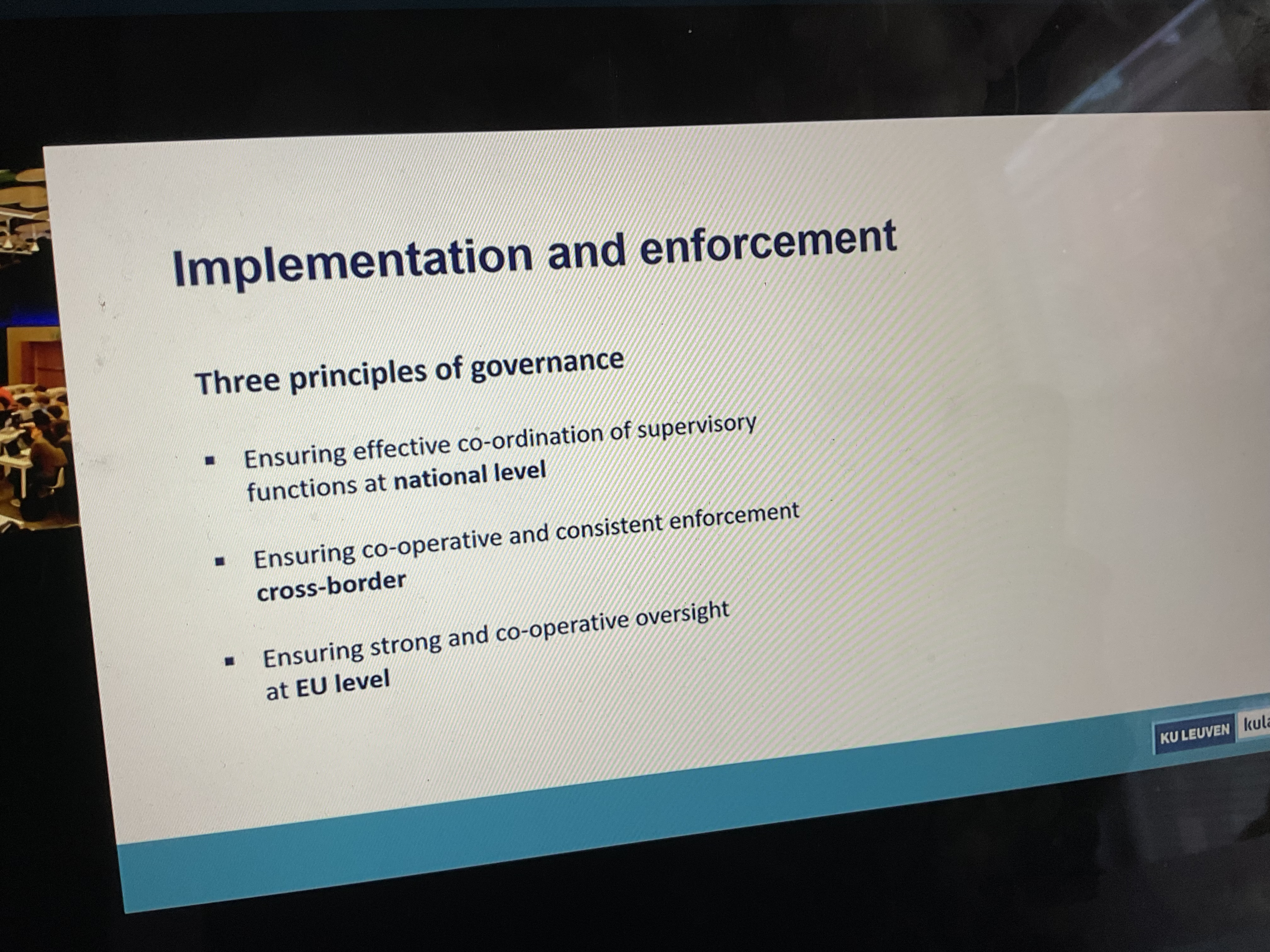
What is the P2B regulation?
